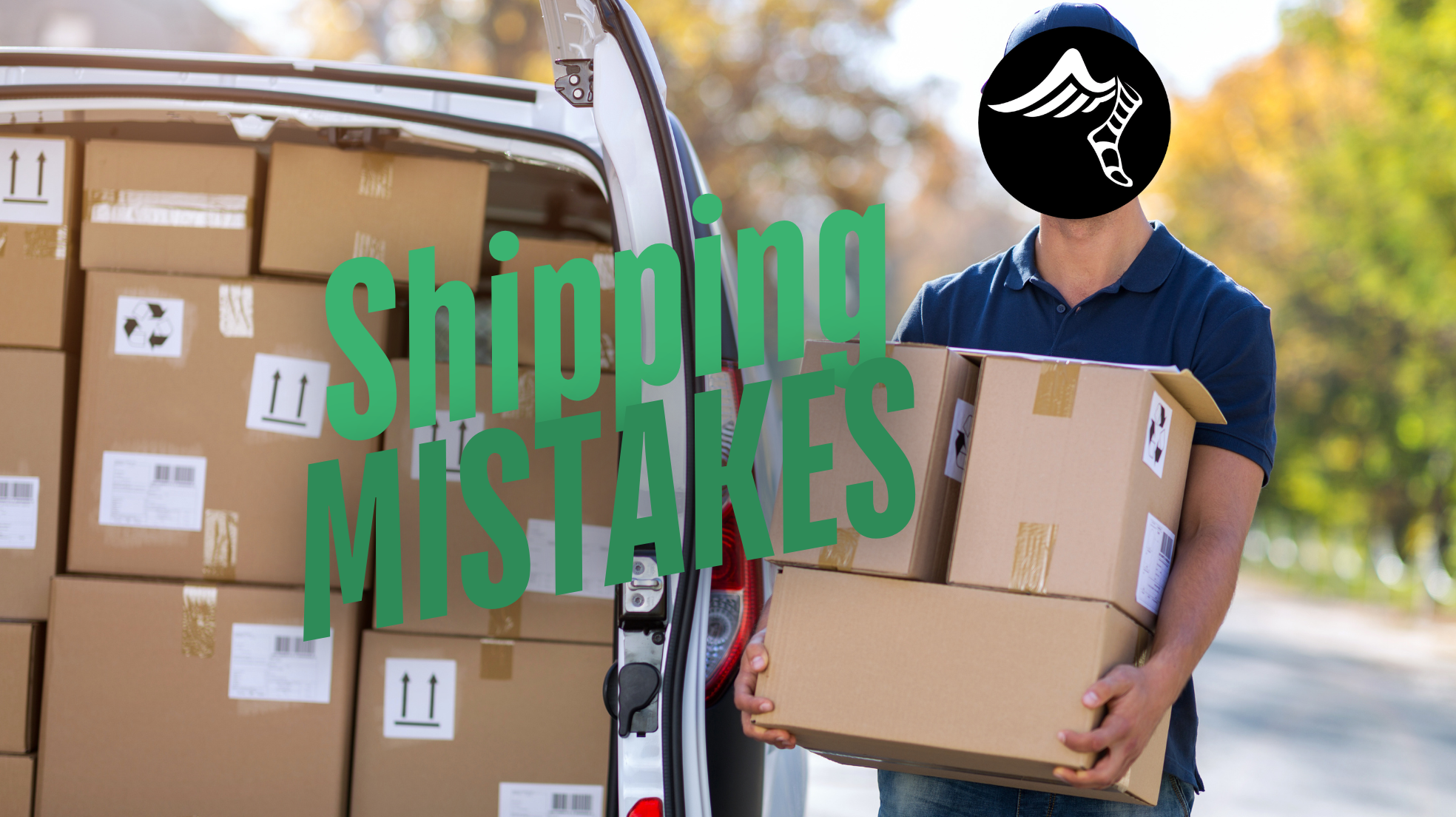That moment when a customer messages asking where their package is. The sinking feeling when you realize you’ve been overpaying for shipping for months. The frustration of dealing with yet another damaged return.
Shipping challenges can quickly transform from minor inconveniences into significant profit drains for eCommerce businesses. After helping hundreds of online retailers optimize their fulfillment, we’ve identified the most common shipping mistakes that silently eat away at your bottom line.
1. Underestimating Shipping Costs
It happens to nearly every eCommerce business: you set your shipping rates based on estimates, only to discover you’re actually losing money on every package. Niels, our co-founder, has seen this scenario play out countless times.
“Many businesses focus on product margins while treating shipping as an afterthought,” he explains. “They’ll spend hours negotiating product costs but accept whatever shipping rate comes their way.”
The solution? Use real-time shipping calculators that account for all variables including packaging weight, dimensions, distance, and carrier surcharges. Then build these costs into your pricing strategy. Remember, free shipping isn’t actually free – someone is paying for it, and it shouldn’t always be you.
2. Not Offering Multiple Shipping Options
When you limit customers to a single shipping method, you’re essentially saying “take it or leave it.” Today’s consumers expect choices that match their priorities, whether that’s speed, cost, or environmental impact.
The fix is straightforward: offer varied shipping options at checkout. This might include budget-friendly standard shipping, premium expedited options, and increasingly popular eco-friendly alternatives. Our data shows that businesses offering multiple shipping options see cart abandonment rates drop by up to 18%.
3. Poor Packaging Choices
“We once had a client shipping small jewelry items in boxes designed for shoes,” Lars recalls. “They were paying for dimensional weight they didn’t need, essentially shipping air and paying premium rates for it.”
Right-sized packaging isn’t just about cost savings – it’s also about sustainability and customer perception. Use appropriately sized packaging with sufficient protection, and consider custom packaging solutions if your product dimensions don’t match standard box sizes.
4. Ignoring International Shipping Regulations
International shipping can dramatically expand your customer base, but it comes with regulatory complexities. Customs forms, restricted items, VAT requirements – the list goes on.
Rasmus experienced this firsthand with his eCommerce business: “I once had a shipment held at customs for weeks because of incomplete documentation. Not only did we lose that sale, but the customer shared their frustration online.”
For consistent international shipping, either thoroughly research each destination country’s requirements or partner with a fulfillment provider experienced in global logistics. The right 3PL will navigate these complexities for you, ensuring smooth deliveries regardless of destination.
5. Overlooking Address Verification
It seems simple, but address errors remain one of the most common and costly shipping mistakes. Packages sent to incorrect addresses result in returns, reshipments, and unhappy customers.
Implement address validation at checkout that verifies and standardizes addresses before orders are processed. This small investment in technology can prevent significant logistics headaches down the road.
6. Lack of a Clear Returns Policy
Returns are inevitable in eCommerce, but a confusing returns process can turn a simple exchange into a customer service nightmare. Your returns policy should be easy to find, understand, and execute.
“The most successful businesses we work with view returns not as a cost center, but as a customer retention opportunity,” Niels notes. Create a hassle-free return process, and consider including prepaid return labels in packages for high-value items.
7. Not Tracking Shipments in Real-Time
The days of packages disappearing into a logistics black hole are over. Today’s customers expect – and deserve – visibility into exactly where their purchase is at all times.
Invest in real-time tracking capabilities and proactively communicate updates to customers. This transparency not only reduces “where’s my order” inquiries but also builds trust with your audience, even when unexpected delays occur.
8. Choosing the Wrong Carrier
Not all shipping carriers are created equal, and what works for one business might be completely wrong for another. The cheapest option isn’t always the most cost-effective when you factor in reliability, service quality, and delivery speed.
Compare carriers based on your specific needs – whether that’s specialized handling, extensive rural coverage, or international capabilities. Remember that your shipping carrier is an extension of your customer experience.
9. Ignoring Bulk Shipping Discounts
Many eCommerce businesses pay retail shipping rates far longer than necessary. Carriers offer significant volume discounts, but you have to know they exist and how to negotiate for them.
“One of our clients was paying nearly double what they needed to on shipping because they didn’t realize they qualified for better rates,” says Lars. Whether you negotiate directly with carriers or leverage a 3PL‘s established relationships, securing bulk shipping rates can dramatically improve your margins.
10. Failing to Analyze Shipping Performance
You can’t improve what you don’t measure. Many businesses set up their shipping strategy once and never revisit it, missing opportunities for optimization.
Regularly analyze your shipping data, including delivery times, costs, damage rates, and customer feedback. Look for patterns in problems and be willing to adjust your approach based on what the data tells you.
Turning Shipping from a Cost Center into a Competitive Advantage
While these mistakes are common, they’re also fixable. By addressing these issues systematically, shipping transforms from a necessary expense into a potential competitive advantage for your business.
Ready to stop leaving money on the table with inefficient shipping? Start by evaluating which of these mistakes might be affecting your business, then tackle them one by one. Your bottom line will thank you.
You can read more HermesLines blogs here.
If you need 3PL services for your e-commerce store, HermesLines is here to help. Check our prices here: pricing
HermesLines is fully transparent when it comes to pricing, so you don’t have to worry about hidden costs.

